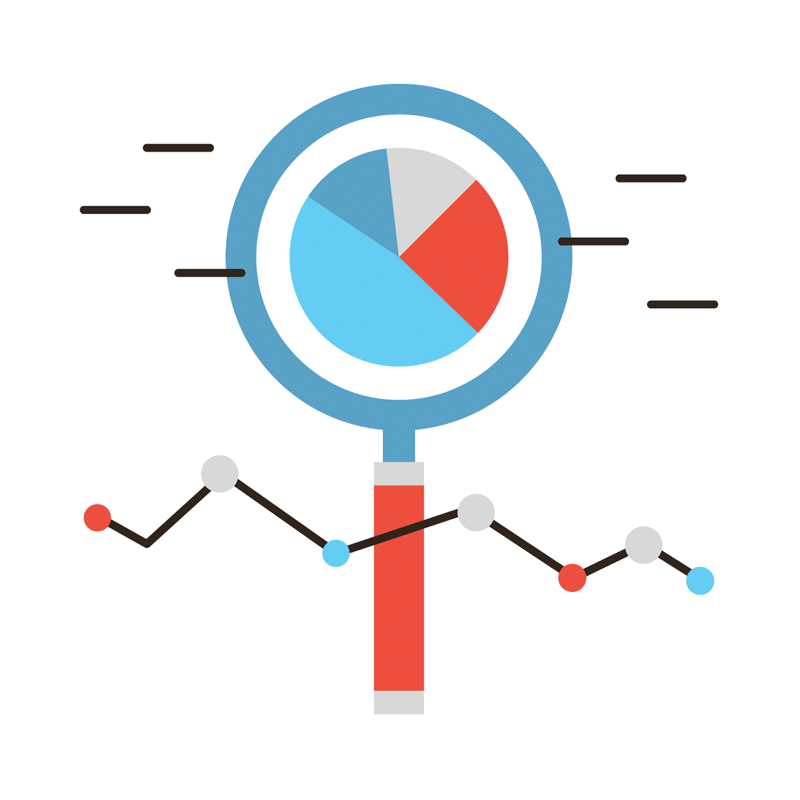
Google Analytics is a top-notch resource for small business owners and entrepreneurs, looking for a simple, effective tool to analyze their website traffic. The best part, it’s FREE!
When you look at your site analytics and content marketing strategy, you must ask yourself:
- Why am I interested in these analytics?
- Why did I start creating content in the first place?
The answer is simple– to achieve business goals.
We don’t create content, simply for the sake of it. The purpose of content marketing is to realize business goals.
To identify if you are achieving your business goals as a result of your content marketing efforts, consider these three important measurables.
1. Site Traffic
Traffic allows you to see which pages are getting the most views. Keep a running tally of which pages have the highest and lowest traffic, and compare them regularly or after you’ve made significant changes to your site.
Keep in mind, just because a page has high traffic doesn’t mean the work is over.
Capitalize on this advantage and make sure your pages are putting the best content forward by including important “calls to action” and the most relevant information to visitors.
2. Navigation Summary
The navigation summary offers two primary pieces of information: how your visitors land on your site AND where they click once they arrive.
Once a user is on your page, you can track their navigation behavior in two parts:
- Previous Page Path: shows which page your visitor landed on before arriving at the current page. This data is an interesting insight, as it gives an indication as to how your visitor thinks, what sparks their interest and how one need may connect to the next.
- Next Page Path: shows which page your visitor moves on to after leaving the current page. NPP is important because it shows what information your visitor still requires or if they’re clicking to pages which convert well.
3. Conversions
Conversions are actions you want your visitor to take, such as signing up for a mailing list, downloading a free eBook or subscribing to your blog.
With a little elbow grease and preparation, Google Analytics offers the option to set up “Goals,” which can help you track your conversion rates.
Check out this useful video from content marketing wiz Andy Crestodina, How to Set Up Goals in Google Analytics
After setting up your goals, look at the total number of conversions divided by total page views.
This data will give you an accurate conversion rate and will tell you how likely a visitor is to convert after landing on a particular page.
Once you’ve identified high conversion pages:
- Optimize the content — make it relevant and valuable
- Share them on social media — spread the love
- Link them to high-traffic pages — make it easy for visitors to find
Google Analytics offers a wealth of valuable information. These are just a handful of the amazing data at your fingertips.
Looking for more information? Check out our archive and search for your topics of interest.


